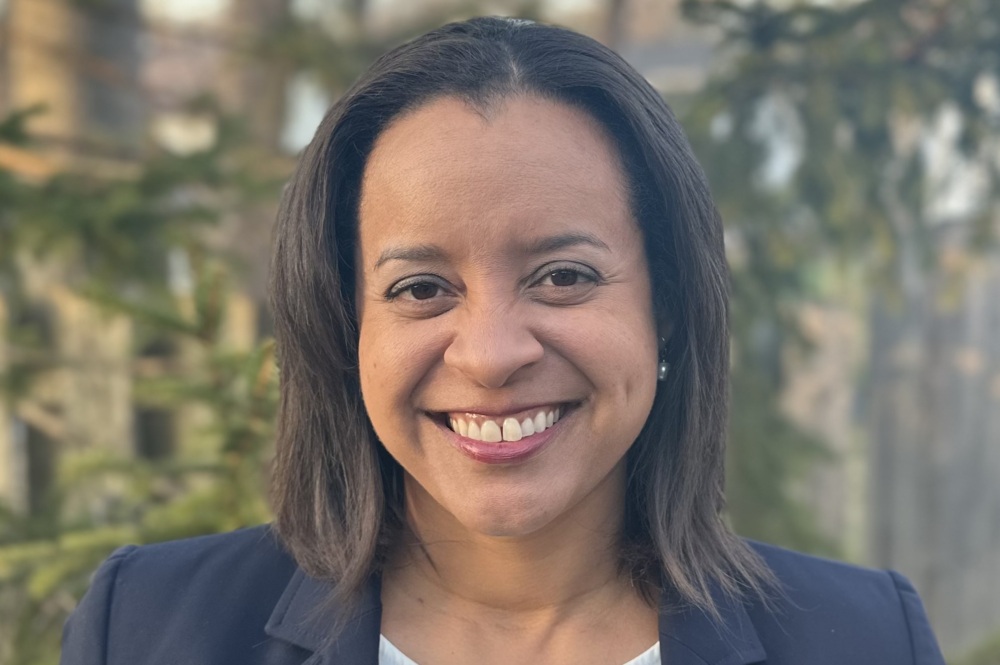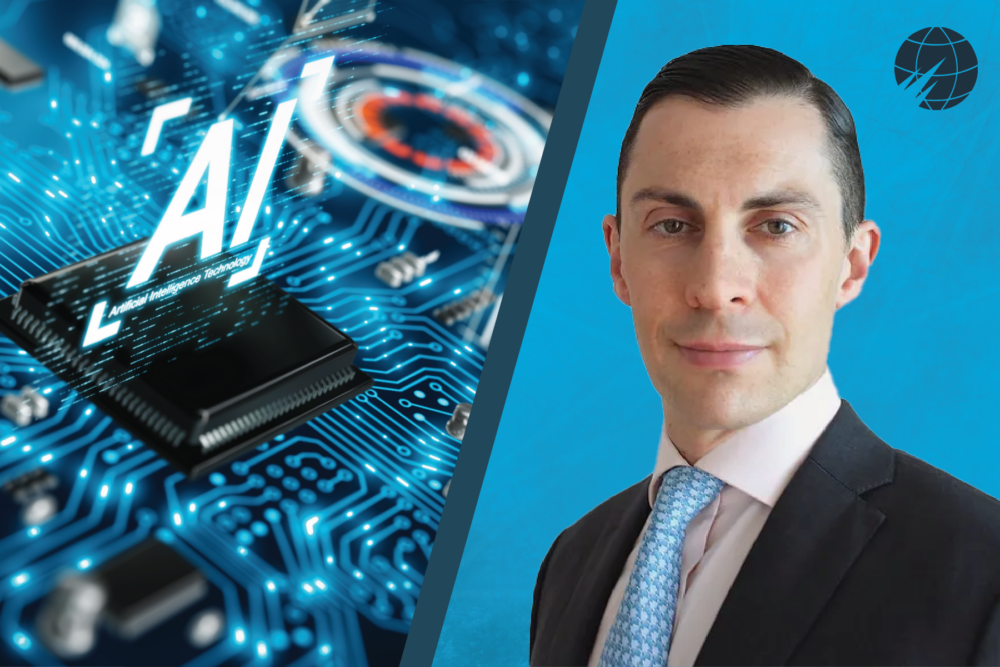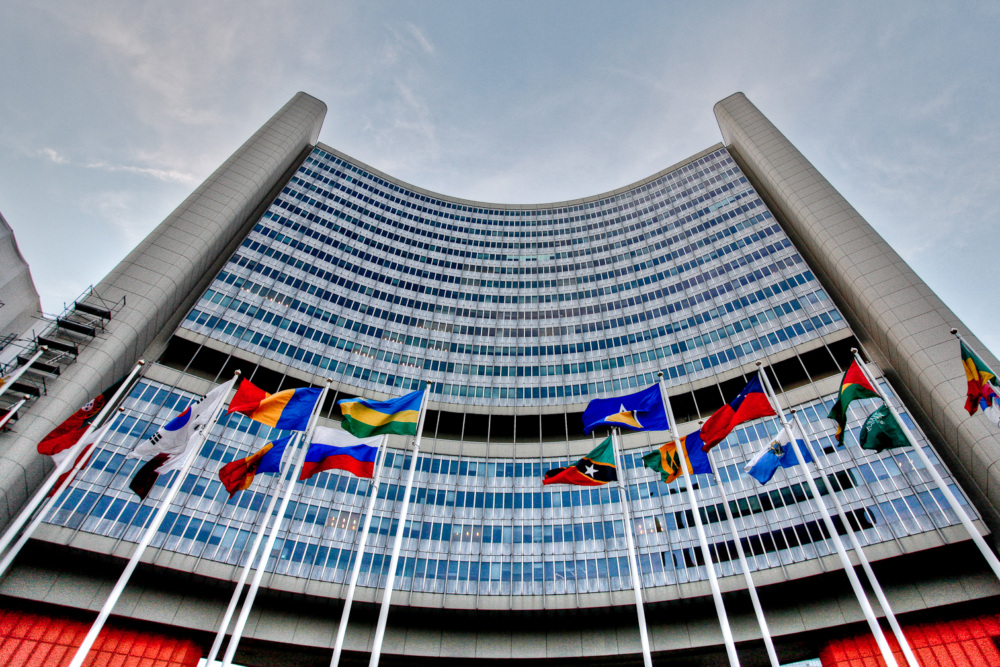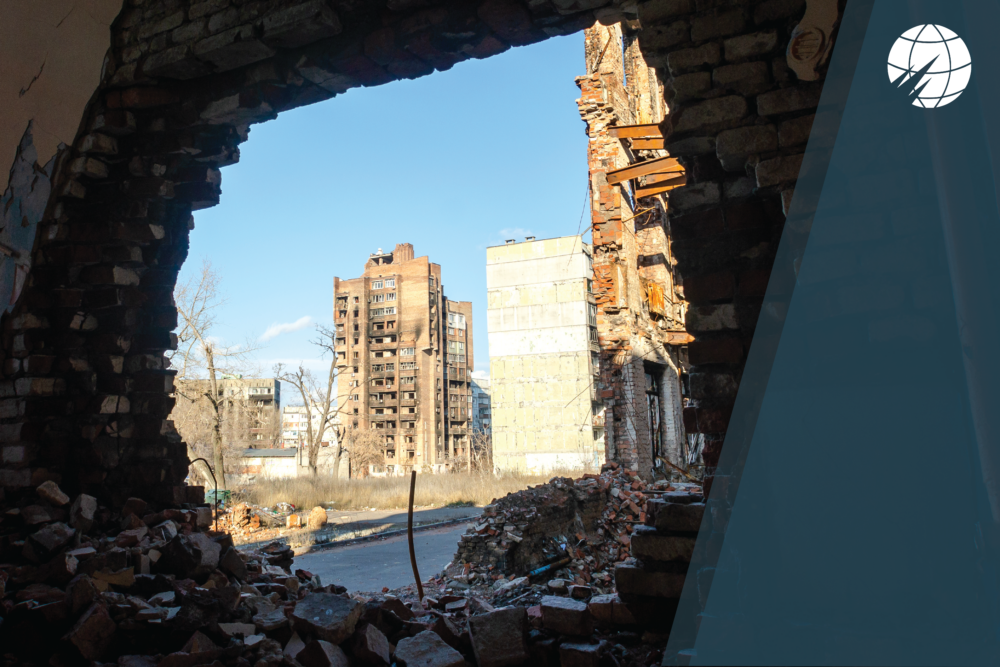
Jupiter Huang
Intern, Communications
Atomic Pulse
NTI is committed to highlighting and supporting diverse voices in the national security field. For Black History Month, Jupiter Huang, NTI’s communications intern, had the opportunity to ask Tiffany Blanchard-Case, director of the Office of Nuclear Material Removal and Elimination at the National Nuclear Security Administration (NNSA), about the importance of mentorship and her advice for young people interested in working on nuclear issues. Blanchard-Case also talks about her journey to the NNSA, her experiences working on a bilateral team in the polar regions of Russia, and the impact of the agency’s nuclear material removal program.
You started out working as a Congressional staffer, and later joined the NNSA. What got you interested in working on nuclear issues?
I’d like to start off by thanking NTI for this opportunity to share my perspectives. Also, I’d like to be clear that my comments represent my personal experiences and do not reflect the official position of the Department of Energy (DOE).
After working on Capitol Hill on foreign affairs, trade, and defense issues, I decided to pursue my graduate degree at Georgetown’s School of Foreign Service since I knew I wanted a career in international relations. I studied Russian as an undergraduate and had a strong interest in the region, but what set me on this particular path was a graduate course I took on nuclear technologies. That course introduced me to the nuclear fuel cycle and expanded my knowledge of arms control and nonproliferation, and I was able to see how I could align my regional interest with national security issues. I was fortunate to find my way to the Department of Energy through the NNSA Graduate Fellowship Program. Prior to the fellowship, I wasn’t aware of the instrumental role DOE/NNSA played in this field, but I’m grateful to have joined the organization where I’ve been able to spend many years implementing nuclear and radiological security programs with partners around the world.
As I understand, early in your career at NNSA, you spent time in the polar regions of Russia securing and disposing of radioisotope thermoelectric generators (RTGs) that contain dangerous radioactive sources. What are your most vivid memories of this fascinating work abroad?
For several years, I had the opportunity to manage projects in Russia focused on securing or recovering radioactive sources. That meant traveling to medical, commercial, or storage facilities in small towns and big cities, as well as recovering radioisotope thermoelectric generators along the Northern Sea Route that operated on high-activity radioactive sources. For the RTG effort, I remember flying in helicopters to conduct assurance visits in remote regions in the Arctic Circle. I was able to see firsthand the replacement equipment provided that didn’t require material you could use to make a dirty bomb. It was an incredible experience, and it’s impossible to imagine that type of cooperation and access in this current geopolitical environment.
What I also remember quite vividly is how effective we could be when our bilateral technical teams combined efforts, focused on the mission, and got things done. On a person-to-person level, we were able to find common ground, build comradery, and share many good meals after long days of work. Negotiations weren’t easy, but it was really satisfying to put politics aside and successfully implement projects that benefited everyone’s security.
Many of the lessons I learned in those early years about advocating one’s position, being diligent in your preparation, and learning to understand other stakeholders’ perspectives and interests are things I carry to this day.
You now lead a team of experts to minimize and eliminate highly enriched uranium and separated plutonium from across the globe. What do you find most rewarding about the work?
The most rewarding part is leading a high-performing team that cooperates with international partners to find creative solutions to accomplish an ever-complex mission. After decades of doing this work, our NNSA team has incredible experience to call upon, but each HEU or plutonium minimization project is different and presents its own challenges. Time and again, we’re able to work with partner countries to find tailored solutions to eliminate excess material – whether by removing it, downblending it in-country, or developing new equipment and systems to process legacy fuels that don’t have a disposition pathway.
What’s so satisfying is that the results are tangible: thousands of kilograms of weapons-usable nuclear material have been eliminated and dozens of facilities and countries have been cleaned out of HEU or plutonium. We are making the world a safer place, and it’s gratifying to see what can be accomplished with partners from all regions of the globe who share our commitment to nonproliferation.
In my current role, I work to clear obstacles to help our team meet this challenging mission, and I’m fortunate to work with an incredible group of professionals at NNSA who are creative, collaborative, and dedicated. It’s a critical mission and I work with great people; you can’t ask for much more!
What was your experience like as a Nonproliferation Graduate Program Fellow (NGPF) at the Pacific Northwest National Laboratory, and what would you say to young people, particularly those from underrepresented groups, who are interested in working on nuclear issues in government?
I’m grateful for my time in NGFP. As a fellow, I got exposed to a range of programs in NNSA’s Defense Nuclear Nonproliferation directorate, and I was able to use that experience to launch my career as a civil servant. During my fellowship year, program managers and office directors were more than willing to talk with me about careers in the organization, and I saw an appreciation for the importance of developing the next generation of nuclear security professionals. Now I have the pleasure of bringing in NGFP fellows to the team and working to provide the same kind of exposure and advice that I benefitted from when I was in their shoes.
My office also works each year to recruit college students for summer internship opportunities through NNSA’s Minority Serving Institutions Internship Program. I think it’s critical that we continue to broaden recruitment efforts for early-career programs and find opportunities to get more diverse voices into this community. As a woman and a minority, I can say that when I started my career, I didn’t often see people who looked like me in leadership positions. Things have improved over the years, but we still have so much more to do to make the field more representative of the country’s diversity.
For young people interested in working on nuclear issues – especially those from under-represented groups – my advice is don’t count yourself out if you don’t have a background in this subject area. My educational degrees are in foreign language and international affairs, and much of what I need to know I learned on the job, working closely with Department of Energy colleagues at headquarters and the incredible technical specialists at the U.S. national labs, plants, and sites. Be persistent; do informational interviews to learn from folks in this career field; try to secure internships or fellowships that can get you working on these issues; and don’t be intimidated if you don’t know everything about nuclear matters. There is plenty of time to learn, and I’m still learning to this very day.
What role does mentorship play in developing and retaining the talent of young professionals in the field and developing the next generation of nuclear experts?
I’ve been fortunate to have several mentors in my career who I could go to for advice and who have challenged me with cross-cutting projects that expanded my exposure to different parts of the organization and new domestic and foreign partners. I think that mentorship comes in different forms. There are successful, formal mentoring programs, but I also think there is value in identifying people whose careers you admire and talking with them about how they have been able to navigate their professional development. With very few exceptions, I have found colleagues and senior officials are more than happy to share their insight and engage as mentors if asked. Currently, I participate in mentoring programs and lead a working group focused on efforts to support staff retention and career advancement.
One thing I have found is that the nuclear security and nonproliferation community is relatively small, so it’s not unusual to work with people in your organization and then later collaborate with them as part of the NGO community, the private sector, or another government agency. That’s a benefit, because it shows that there are many ways to support this important mission space, and if you have quality mentors, you can become aware of more opportunities to doing fulfilling work in this field.
Final question: With Oscars season coming up, who are you rooting for, and will Oppenheimer sweep the awards?
I liked Oppenheimer so much that I saw it twice in theaters. It was exciting to have a spotlight on the early days of the Manhattan Project and better appreciate how the U.S. pulled together the resources and best scientific minds to harness the power of nuclear energy. I haven’t seen all the nominees for best picture yet, but I think it has a strong shot at the top prize and many of the other acting and technical awards.
Sign up for our newsletter to get the latest on nuclear and biological threats.
On October 11, NTI hosted Dr. James Johnson for a virtual seminar moderated by Senior Advisor to the NTI President Douglas Shaw to learn more about the consequences of AI technology for the nuclear age and what governments and experts should do in response.
Governments should use the 2024 International Conference on Nuclear Security (ICONS) to reaffirm their commitment to preventing nuclear catastrophe.
What does the future hold for Ukraine’s survival, Putin’s grip on power, and the shape of the international order?



